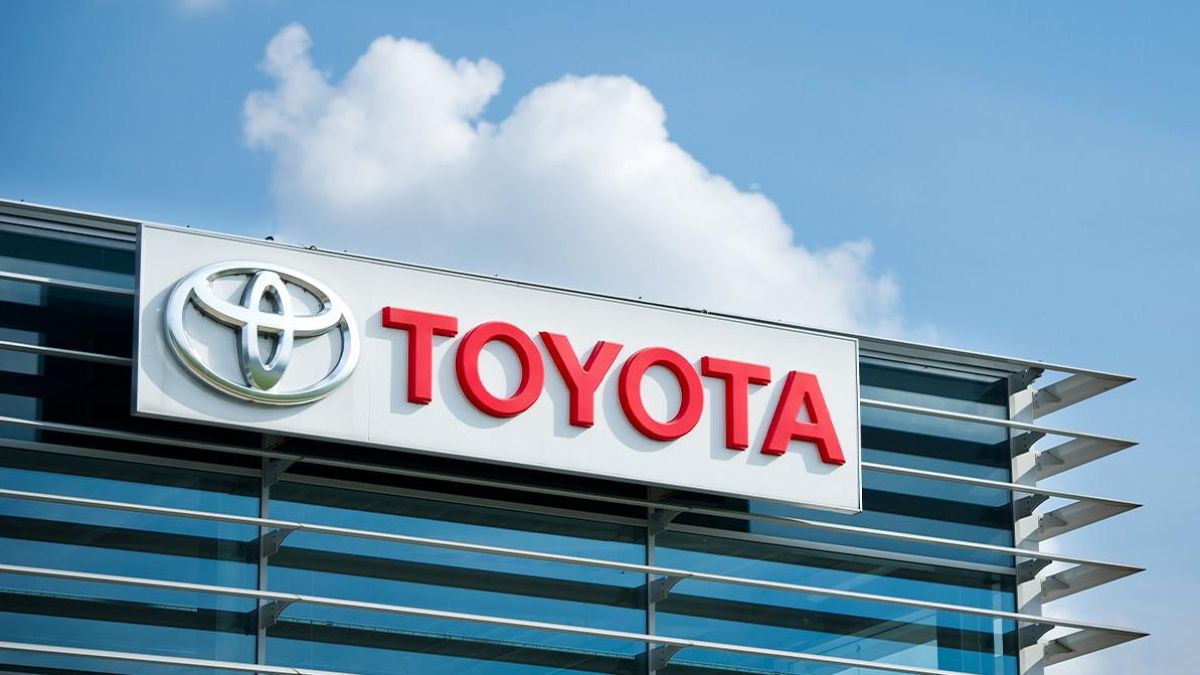Necessary Always Active
Necessary cookies are required to enable the basic features of this site, such as providing secure log-in or adjusting your consent preferences. These cookies do not store any personally identifiable data.
|
||||||
|
||||||
|
||||||
|

Toyota has announced a recall of 591,000 US vehicles after identifying a software defect that can prevent critical dashboard information from appearing. The U.S. National Highway Traffic Safety Administration (NHTSA) as reported by Reuters. The issue raises safety concerns as drivers may be unable to see essential vehicle data, including speed and warning indicators, at startup.
The recall spans a wide range of Toyota and Lexus vehicles. According to NHTSA, the Toyota vehicle safety panel defect prevents the instrument panel from displaying information during ignition. Missing indicators include:
Models named in the recall are the Toyota Venza, Toyota Highlander, Toyota Tacoma, Toyota GR Corolla, and select Lexus vehicles. Without these displays, drivers may unknowingly operate vehicles with compromised safety systems. The Toyota recall instrument panel issue has been classified as a risk factor that could increase the likelihood of accidents. In February, 2025, Toyota Motor Corporation registered a nearly 28% profit drop in its third-quarter earnings, missing analyst predictions.
The recall reflects the broader role of NHTSA in monitoring digital safety systems in vehicles sold across the U.S. The agency stated that the failure to display warnings such as brake alerts or tire pressure can impair safe vehicle operation. The Toyota safety recall demonstrates how electronic system malfunctions can affect fundamental driving functions.
Toyota will notify vehicle owners of the recall and arrange free corrective measures. Initial remedies are expected to involve a software update, though certain vehicles may require component replacements. Dealerships and service networks will play a key role in executing the campaign across affected regions. At the beginning of 2025, Nvidia teamed up with Toyota to bring automated driving capabilities to new vehicles.
For automotive industry stakeholders, the recall presents both logistical and compliance challenges. Dealers must coordinate with Toyota to identify affected vehicles, while fleet operators and logistics businesses need to assess potential impacts on their operations. Identifying what models are included in Toyota recall will be critical for businesses dependent on Toyota vehicles for transportation or delivery services.
The incident also highlights the increasing reliance on digital systems in the automotive sector. With vehicles integrating complex software, malfunctions can have significant safety and regulatory consequences. The scale of the recall reinforces the importance of rigorous testing protocols for software-driven systems in modern vehicles.
The recall of Toyota recalls 591000 US vehicles underscores the heightened scrutiny facing manufacturers as they adapt to software-dependent designs. B2B decision-makers across the automotive supply chain must consider the potential implications of similar defects in future vehicle models. From warranty service contracts to fleet management strategies, businesses will need to align processes with evolving safety requirements.
As Toyota addresses the immediate concerns, the broader industry conversation will focus on strengthening system reliability. For business leaders and partners, the recall signals a need to balance innovation in connected vehicle technologies with rigorous safety compliance measures.
In conclusion, Toyota’s recall of 591,000 US vehicles due to an instrument panel software defect is a reminder of the challenges posed by increasingly digital automotive systems. For B2B stakeholders, the development reinforces the importance of robust testing, compliance, and monitoring across all levels of vehicle integration. The Toyota safety recall serves as both a corrective action and a signal to the broader industry of the need for sustained vigilance in the digital era of automotive design.